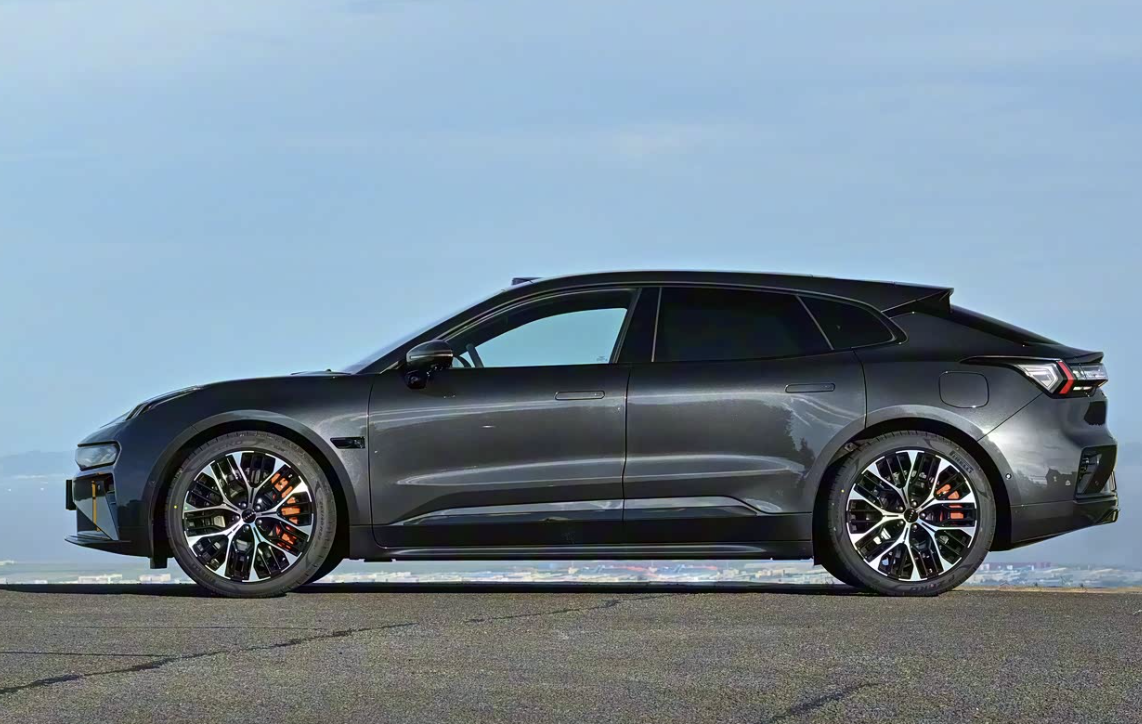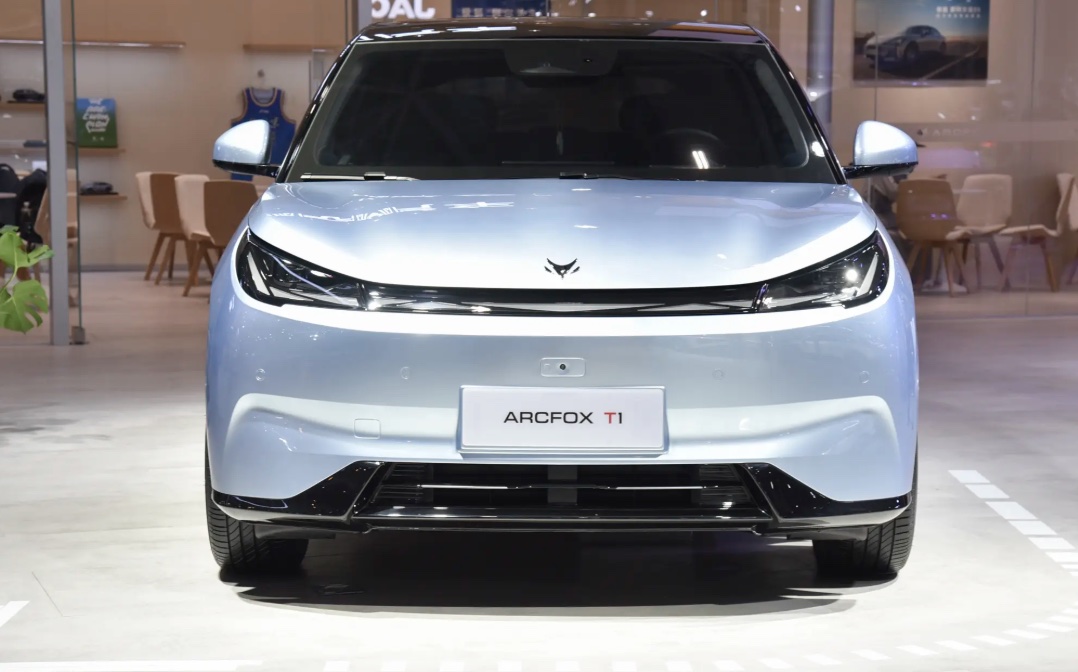Within just 24 hours of opening pre-orders, the all-new AITO M7 secured over 150,000 reservations, sparking unprecedented market enthusiasm. But does soaring demand necessarily mean the product itself is outstanding? And is its pricing reasonable? Let’s analyze the new M7 in detail by comparing it with other HarmonyOS-powered models and rival offerings.

1. Positioning and Platform Upgrade
Compared with the outgoing M7, the all-new model features a significantly longer wheelbase — 3,030 mm, up by 210 mm — and has been upgraded to a dedicated new-energy platform with classic EV proportions of “long wheelbase, short overhangs.” It also replaces the old MacPherson strut with a double-wishbone front suspension, bringing a marked improvement in handling and chassis refinement. In essence, this is a completely new vehicle under the same name.
In its segment, the new M7 competes against models such as the Lynk & Co 900, LeDao L90, Deepal S09, and Xiaomi YU7, with its size and positioning most closely aligned with the Li Auto L8, where both models directly overlap.
2. Key Highlights
1. Exterior Design
Borrowing styling cues from the M8 and M9, the new M7 features sleeker proportions and a stronger road presence. A wide range of body colors and trim options allows customers to choose between youthful sportiness and mature elegance. Inside, it adopts a new floating central touchscreen layout that looks cleaner and is easier for the driver to operate.
2. Space
With true C-segment dimensions, cabin space has been significantly enhanced. The 5-seat version excels in comfort and cargo practicality. The 6-seat version offers decent third-row legroom, though not as spacious as larger rivals. Meanwhile, the pure-electric variant gains a front trunk (frunk) for added utility.
3. Power and Range
Range-extended version: Standard dual-motor AWD, starting at RMB 288,000 (≈ USD 40,300). The Ultra trim delivers up to 315 km of pure-electric range, surpassing the M8.
Pure-electric version: AWD models start at RMB 348,000 (≈ USD 48,700), with exact range figures yet to be announced.
4. Driver Assistance
Although the entry-level Pro+ trim does not come with the full Huawei ADS 4 suite, it adds an in-cabin lidar, improving detection of small or distant objects in poor conditions. From the Max trim upward, the system matches the M8’s hardware setup, with one main lidar, one solid-state lidar, and five 4D millimeter-wave radars.
3. Pricing and Competitive Comparison
The all-new M7 is offered in 12 variants, covering different powertrains, ranges, and seating configurations, priced between RMB 288,000–388,000 (≈ USD 40,300–54,300).
Versus the outgoing M7 AWD, the entry price is only about RMB 20,000 (≈ USD 2,800) higher, yet offers clear upgrades in range and intelligence.
Compared with the AITO M8, the price gap for range-extended versions is about RMB 60,000–70,000 (≈ USD 8,400–9,800), while for EV versions, the difference narrows to RMB 30,000 (≈ USD 4,200).
Against the Li Auto L8, prices are nearly identical for AWD range-extender versions. The pure-electric M7, however, is roughly RMB 30,000 (≈ USD 4,200) more expensive than the Xiaomi i8.
4. Overall Assessment
The all-new AITO M7 brings comprehensive upgrades in platform, chassis, space, and intelligent driving, with pre-order figures proving its strong market appeal. While pricing is higher than the previous generation, the added value of Huawei’s advanced driver-assistance system and improved brand recognition make it highly competitive.
Its future success will depend on how it differentiates itself from the M8 within AITO’s own lineup, and how it performs against direct rivals such as the Li Auto L8. If executed well, the new M7 may not only ride the wave of strong pre-sales but also sustain its popularity through real product strength.



